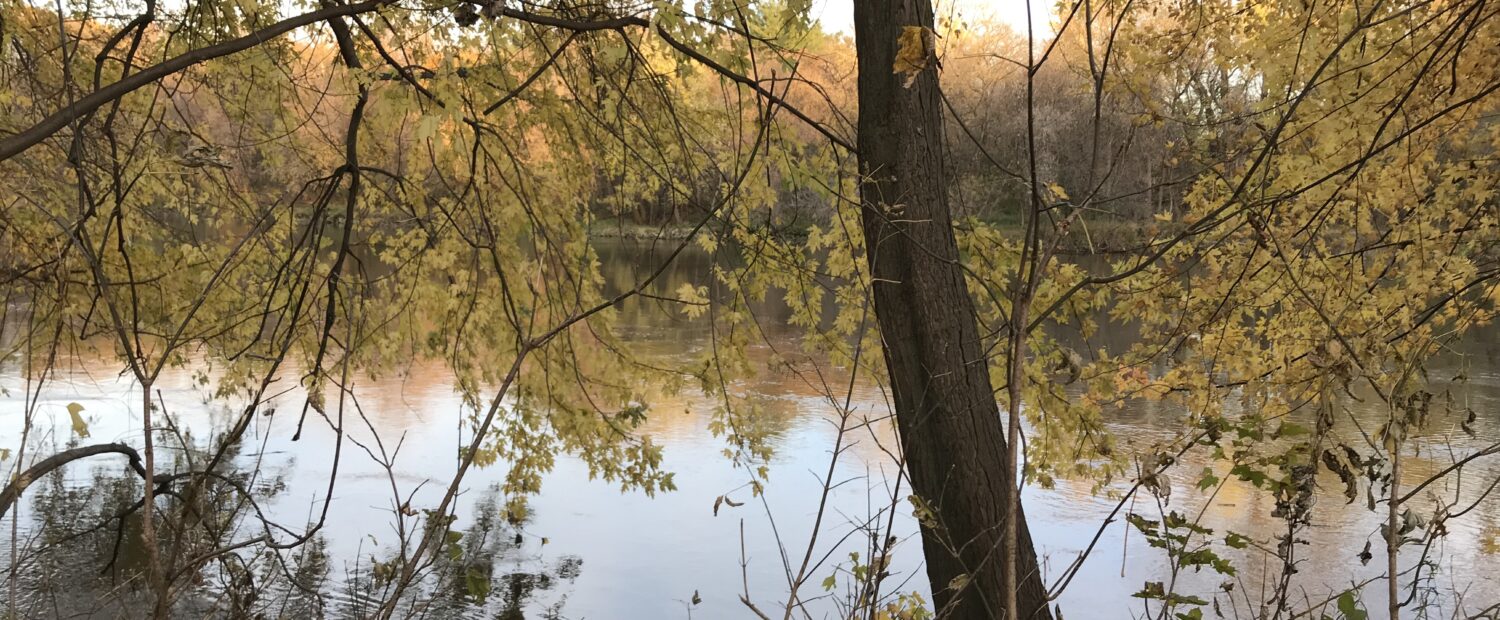Throughout modern history, the land of the Intervale has been the most fertile land in Burlington and the surrounding area. Native American tribes such as the Abenaki grew their corn on the beds of the Winooski river where the Intervale now lies. In the late 1700s, Ethan Allen and his family established a homestead on the Intervale, and nearly 100 years later the Vermont Railroad would lay a track through that same land. In 1900 the Calkins, the Arns, and the LaCasse families established a dairy farm that would operate for less than 30 years. A devastating flood would come through in 1927, not only to the Intervale but to all of Vermont. In 1944 a municipal dump was established at the intervale, which would remain in operation throughout the 1970’s until it would eventually be outlawed. In 1977 VT Rt. 127 was built through the Intervale, greatly disrupting the land and the wildlife there. People would continue to dump their trash at the Intervale until the 1980s, when Will Raap founded the Gardener’s Supply Company, and the city of Burlington rezoned the Intervale to exclude it from industrial and residential growth. Then finally, in 1988, the Intervale Foundation was established. That foundation would grow into the Intervale Center that exists today.
Evidence of this history can be observed throughout my location. Old car parts and pipes can be seen peeking up from within the grass, and the train bridge that crosses the Winooski is still in operation. The trail on which my phenology spot is on is called the Calkin Loop, named after the family that owned a dairy farm on the Intervale. The relationship between the Intervale and humans has been a long a complicated one, but as time has gone on, it has become a healthier and kinder relationship that has benefitted the land as well as the humans who use it.
